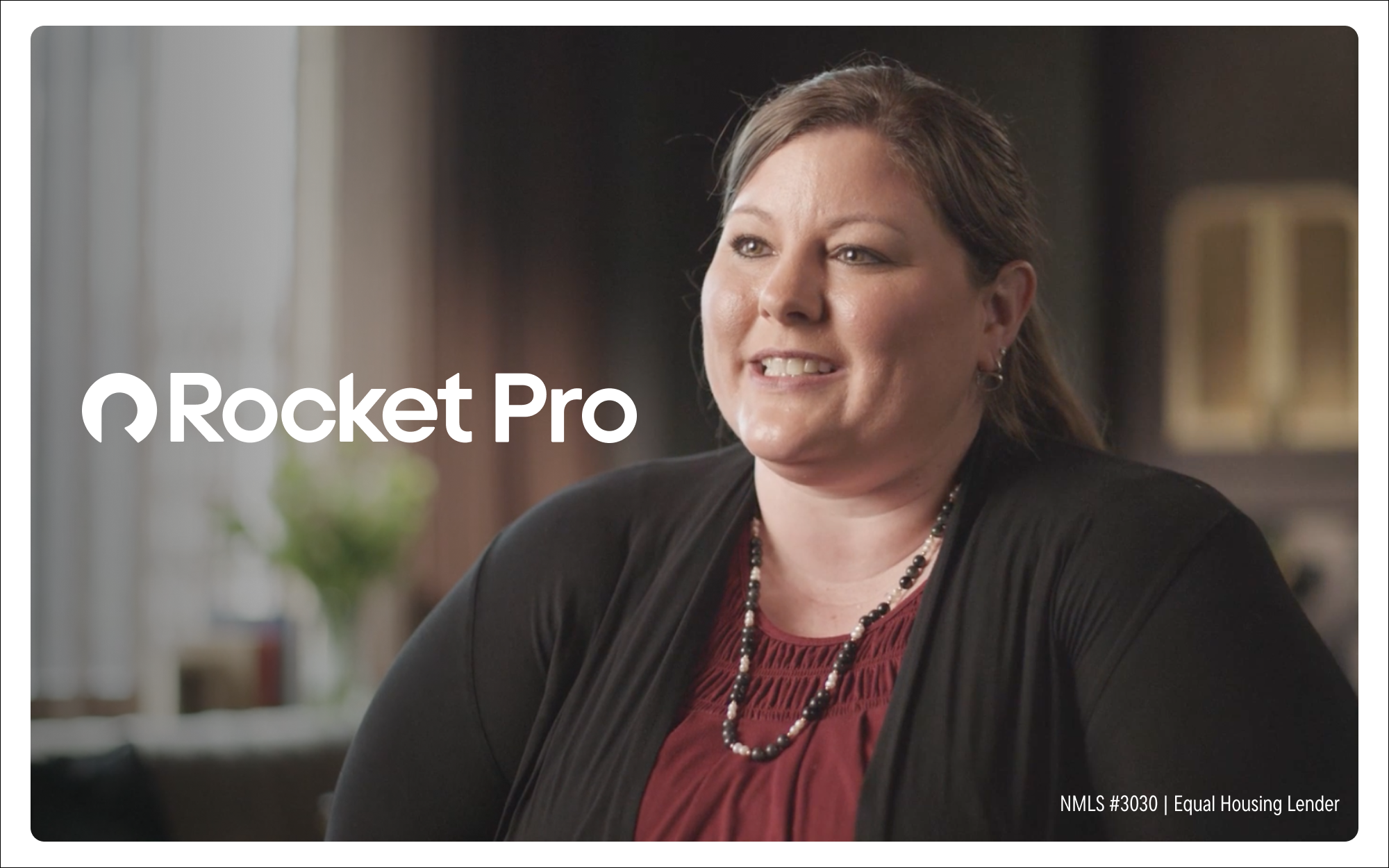SBICs can hit the sweet spot on the yield curve.
Jim Reber: Time to lock in?
February 01, 2023 / By Jim Reber
SBICs can hit the sweet spot on the yield curve.
After several years of trying (mostly futilely) to normalize cash flows from a community bank’s collection of investments, portfolio managers may once again have to address a shift in the direction of interest rates in 2023. Volatility since the pandemic created extremes in the amounts of liquidity being thrown off by bond portfolios. The years of 2020–21 saw wave after wave of prepayments and calls as market rates (and mortgage rates) plummeted to generational lows.
Last year, with its 300+ basis point rate shock, the opposite was true: Cash flows completely dried up, and quickly.
So now, as portfolio managers look at nominal interest rates and wonder if we’re most of the way to the end of this rate cycle, some are trying to find value in the belly of the curve, which for our purposes is roughly three to seven years. At some point, the curve will no longer be inverted, and it’s probably going to be due to shorter rates falling. At the same time, most community banks are still exposed to a decline in rates.
If a given community bank is trying to lock in today’s yields, SBICs tie the money down for a desirable period of time.
The Small Business Administration (SBA) has a number of products that may be suitable for community banks, the most visible of which are 7(a) pools, floating rate securities that adjust based on Prime. It also has fixed rate pools known as Small Business Investment Companies (SIBCs) that have fixed rates and reasonably short stated final maturities. These SBICs seem to offer relative value for fixed-rate investors, so let’s dig in to see how they work.
Things you’ll like
For starters, I’ll point out the obvious: SBA products are full faith and credit instruments, and therefore 0% risk weighted. Another feature is that the fixed rate pools come in 10-year stated final maturities, which fit most community banks’ interest rate risk profiles. Their liquidity is good, but probably not quite to the level of residential mortgage-backed securities (MBS).
SBIC pools are collateralized by debentures issued by small business investment company funds, which are licensed and regulated by the SBA. There are 299 such funds currently operating, and the SBA guaranteed $11.9 billion of the outstanding debentures as of June 30, 2022. (For context, the MBS market is about $12 trillion.) The SBA issues a 10-year pool every March and September, and the coupon is set shortly before issuance to be priced near par. Something unique about SBICs is that principal does not amortize; they pay only semi-annual interest until the stated maturity date. However, here’s another feature that make SBICs attractive to community banks: The individual debentures can prepay, so that the cash flows, average lives and durations are all considerably shorter than a 10-year agency.
Why now?
Investors may see value for several reasons. First, if a given community bank is trying to lock in today’s yields, SBICs tie the money down for a desirable period of time. Their average lives will be around six years at the outset, although there will be very little principal returned initially, which may be a bonus.
Also, the 10-year final looks good to portfolio managers. The new pools will have relatively current coupons, so their prices will be at or around par, and the benefit is an on-market interest payment initially.
The most recent 10-year SBIC pool is 2022-10B, issued in September 2022. It is backed by 456 debentures totaling $1.2 billion, guaranteed by the SBA. The pool has a stated rate of 4.262%; its market price will fluctuate like any other bond, although recently it has been available at a small discount. While the debentures can prepay, they don’t exhibit the same type of rate sensitivity that residential MBS do. Remember that the principal will be back-loaded, so it’s likely that your original investment will change very little for several years.
And that’s another possible advantage of an SBIC pool in this rate environment: the deferral of principal repayments, while still offering a final maturity that’s smart for many community banks. Even better is that currently the yield spreads offered by SBIC’s compare very favorably to alternatives, such as straight agencies, 10-year MBS and even taxable municipal bonds.
To recap, Small Business Investment Company pools check a lot of boxes for portfolio managers. Great credit quality, sufficient liquidity and average maturities that sync with most community banks’ risk profiles to name a few. And, diversification into a new investment sector is never a bad idea. Wrap all of these qualities up in a package that locks in today’s yields and you may have a bond in a sweet spot, just in time for Valentine’s Day.
Education on tap
2023 Bond Academy registration open
ICBA Securities and its exclusive broker Stifel host the 2023 ICBA Bond Academy on April 17–18, 2023, in Memphis, Tenn. Up to 11 hours of CPE credit is available. For more information or to register, contact your Stifel sales rep or visit icbasecurities.com
Webinar series commences
ICBA Securities and Stifel will present a series of webinars this year that cover a range of topics concerning community bank balance sheets. We will discuss portfolio management, interest rate risk, loan strategies and economic analysis. Be watching this space for registration information.
Subscribe now
Sign up for the Independent Banker newsletter to receive twice-monthly emails about new issues and must-read content you might have missed.
Sponsored Content
Featured Webinars
Join ICBA Community
Interested in discussing this and other topics? Network with and learn from your peers with the app designed for community bankers.
Subscribe Today
Sign up for Independent Banker eNews to receive twice-monthly emails that alert you when a new issue drops and highlight must-read content you might have missed.
News Watch Today

Join the Conversation with ICBA Community
ICBA Community is an online platform led by community bankers to foster connections, collaborations, and discussions on industry news, best practices, and regulations, while promoting networking, mentorship, and member feedback to guide future initiatives.













